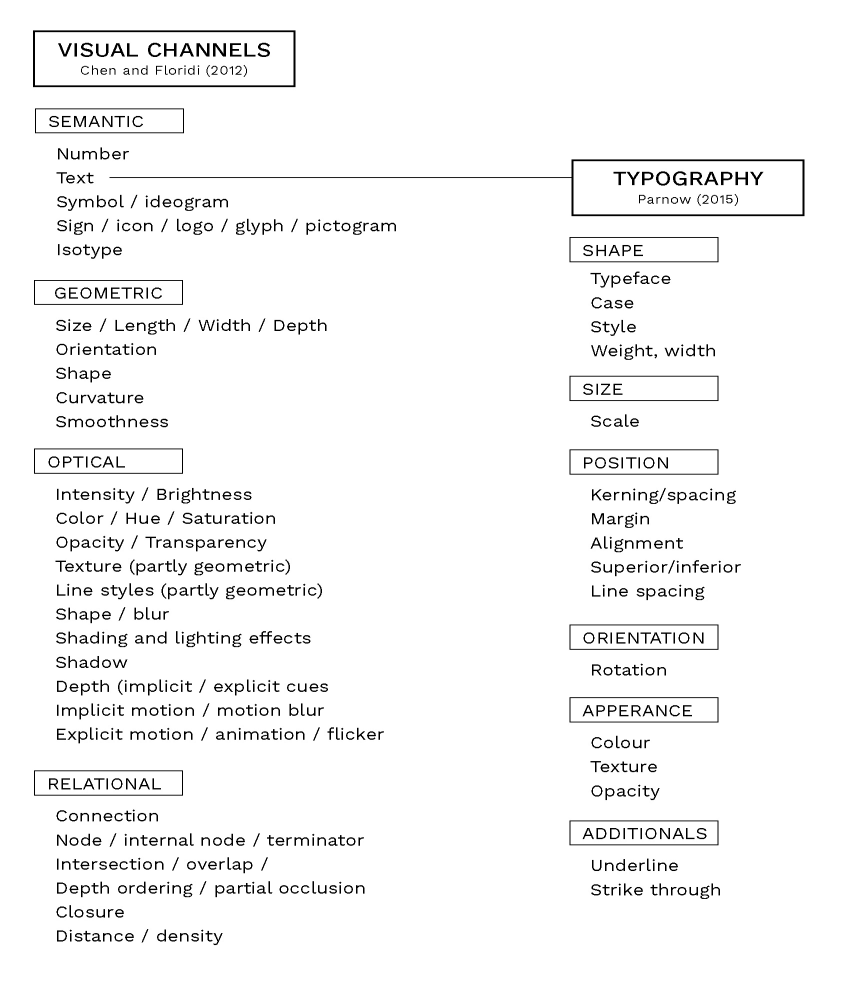
The Visual Aspect of Language Learning

We are living in an age where mere printed handouts and didactic teaching simply do not make the cut when it comes to language teaching. The younger generation is accustomed to using technology constantly and are always exposed to new visual material. Due to this, concentration spans may be shorter, which in return requires more engaging material, be it in the classroom as well as beyond.
An article on Research Gate discusses exactly this. Visual aids have become a very useful tool when it comes to language teaching. As the students can “see” what the teacher is explaining, it becomes easier for complex information to be understood by the students, and also keeps the concentration levels high and students are more likely to be engaged. In addition, non-native speakers, both in the classroom and outside the classroom, tend to make links with what they are learning to what they know and what they are experiencing in the immediate situation.
Also in this article, Patesan et al. (2018) highlight a number of advantages of visual aids in relation to language learning. These are:
- they allow users to develop a holistic understanding that words cannot convey.
- they provide users with tools to make thought and organization processes visible.
- they clarify complex concepts into a simple, meaningful display.
- they assist users in processing and restructuring ideas and information and
- they promote recall and retention of learning through synthesis and analysis.
(Kang, 2004; Patesan et al., 2018)
I am currently looking at such benefits, as the time to start working on the deliverable is approaching fast, as one way or another, I would need find a method to represent some form of Maltese grammar in a way that foreigners can understand quickly so that they can help their children when doing homework. Recently I had also come across an essay that discusses specifically that – visual systems for grammar instruction. Titled A Visual System for Grammar Instruction in Foreign Language Learning, this essay explores the best visual techniques to teach languages effectively. This essay was published following the European Conference of Language Learning 2020.
At first glance, the authors discuss ‘visual encoding’ – the association of visual elements to patterns and syntax structure and make a specific reference to the Montessori Grammar Symbols. This is an international symbol system that is used in many language instruction methods and it is found to be very effective, especially when working with complex instructions. “By maintaining a consistent visual character, the intent is to foster structure, recognition and comparison as well as pattern identification throughout all grammar representations” (Vissirini, Morlok and Dörk, 2020).

In this essay, the authors highlight the effective use of colour and highlighting as the most effective systems of visual teaching. They also make a reference to typographic features such as bold and italic text, however the latter are not always achievable, especially if the teaching is taking place in a classroom. With this in mind, the key to visual teaching and instruction is consistency. As the learners are trying to identify patterns through the instructions given, using a visual element for more than one concept can create confusion. In this essay they show a correct and incorrect way of using colour as the visual encoder. In the ‘incorrect’ example, one can see how the colours are first used to indicate the gender of the noun then it was used again to explain the cases in the language.
This is where the Gestalt principle of similarity comes in. This principle is basically the grouping of objects with similar appearance. This means that information with similar visual encoding would be perceived as being part of a group and in turn, this grouping would result in an enhanced meaning of a given graphic when viewers know that similar looking elements are related to each other.
Below is an example of visual channels one can use in language teaching. Just like a language has its linguistic features organised in categories, so are visual elements classified and arranged in the information visualisation field.

Concluding and Next Steps
Looking at visual forms of language teaching will definitely come in handy when I start populating the app/website that I am creating. What I should start looking at now is some inspirations for the actual design and start building the first moodboard. Some reading reading UX ‘rules’ and common practices should come in handy as well. Starting off with the action plan for the final 12 weeks should be very beneficial to get a better picture of this project.





